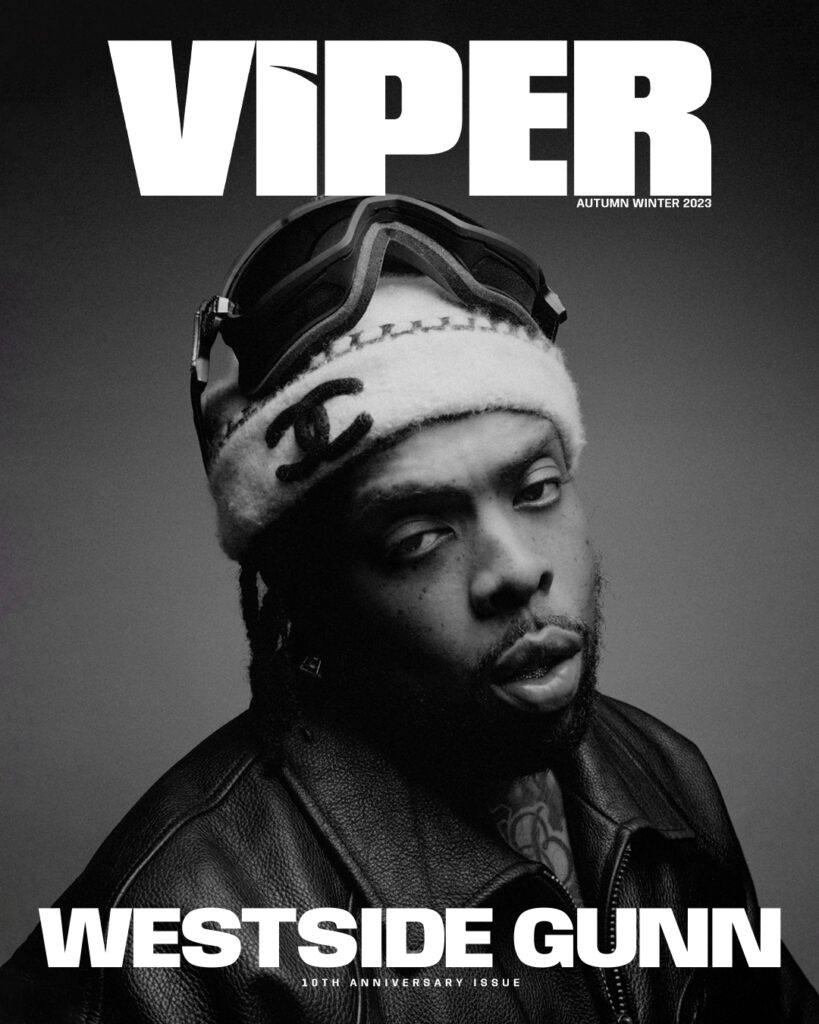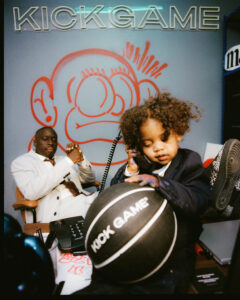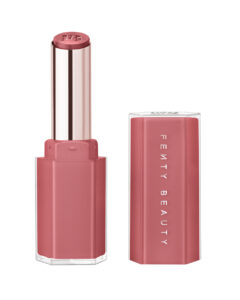Years ago I wanted to write about rappers evolving from drug salesmen into drug consumers. Nowadays that seems barely shocking – rappers have been getting high for decades! But what is interesting is the rise of prescription drugs in the hip hop community. Once the allure of rich Beverly Hills housewives conjured up in Bret Easton Ellis novels, these days Xanax and Valium are being quoted by rappers as much as hip hop staples like weed and Hennessy.
The evolution from pusher to addict has always fascinated me. They say that drug dealers who stay in the game too long end up addicted to their own product. The mystique of drugs has always been scintillating; how close they can bring you to danger, the gamble of dabbling with them while hoping they won’t corrupt you. It’s interesting how the anti-drug attitudes that rappers were known for in the days of the crack epidemic have warped to such an extent. When you examine how things have changed, there are several significant turning points related directly to music. Saying that, the climate of rap has always been dictated by social developments in America, especially when it comes to how the government’s laws affect the masses.
So how did recreational prescription drug use become so common in America? Nixon and Reagan’s “War on Drugs” was hugely influential in the rise of prescription drugs. In fact Diazepam was the top- selling pharmaceutical in the United States from 1969 to 1982, with peak sales in 1978 of 2.3 billion tablets. Back to the point, prescription meds have been commonplace across American social settings for decades. Bret Easton Ellis’ vapid Los Angeles
housewives embody prescription drug use in the 1980s. While Ellis brought a somewhat glamorous image to today’s prescription pills, rather than 1978- era Diazepam or 2000-era favourite, Vicodin; it is Xanax, Valium and Percocet that nowadays are the pills du jour. All encouragingly washed down with lean as seen by Atlanta rapper Future’s 2016 hit, ’Perky’s Callin’’; which includes the simplistic hook, “I can hear the purple callin’, I can hear the xannies callin’, I can hear the perkys callin’.”
The success of ‘DS2’, an album that could be considered a diary of drug addiction and pain, shows that Future is not alone in his feelings. Fans could relate – or at least understand – his vulnerability, which was expressed in somewhat poetic tones, with lyrics like “Baptised inside purple Actavis.” Fundamentally, drugs have always been a simple way of numbing emotions as well as physical pain. Our human inability to deal with our issues correlates with the high rates of consumption by young adults.
Boredom is also to blame for recreational drug use thanks to a lack of opportunities for young people, leading to a deficiency of ambition. Likewise, the accessibility of drugs in America mean it’s often easier to get drugs, plus they’re more lucrative than employment. And those that take financial advantage of the abundance of narcotics are vilified for it despite selling drugs being, in some ways, the only option besides poverty.
Many rappers have combined prescription drugs with employment. Viper’s 2014 cover star, ScHoolboy Q, has been open about his past selling OxyContin, otherwise known as “Hillbilly Heroin.” Many of his songs address the lifestyle that comes with selling prescription pills, including criminality and addiction. His lyrics speak directly of the hold drugs have had over his life, even outlining why he gets closer to drugs while closing himself off from others, “Prescription drugs, show me love / Percocets, Adderall / Xanny bars, get codeine involved /Stuck in this body high, can’t shake it off.” These are lyrics from ‘Prescription’, on which he also says:
“PRESCRIPTION DRUGS, I FELL IN LOVE
MY LITTLE SECRET, SHE GON’ KILL A THUG
MY BODY NUMB, SHE LIKES TO GIVE ME HUGS
I LOVE HER TOUCH, I GET A RUSH
WHEN SHE DON’T COME AROUND, I START TO GO NUTS.”
The cosy cocoon of being high has been expressed in countless poetic ways. However, the dark side of drugs is not always shown at surface level. Several peers of ScHoolboy Q have expressed how prescription drugs have positively helped them explore their creativity, including Danny Brown. The Detroit rapper wrote much of his early material on Adderall. He even coined the moniker, “Adderall Admiral,” featuring a song of the same name on his album, ‘XXX’.
Likewise many artists have let their love of Xanax be known to their listeners, particularly Chicago rapper and producer, LUCKI, formerly known as Lucki X, who has been an advocate of Xanax for much of his career. On one of his best songs, ‘Xan Cage’, he opens up to reveal his dishonesty towards those closest to him, spitting, “My mother found my stash if she knew she’d understand / Lie to her say I sell ‘em she said don’t end up in jail / That motherfuckers askin’ me like what would you do different? / Jus probably take less and never look up in the mirror / Now motherfuckers asking me like why you actin different? / Then have a heart to heart but by the morning I forget it.”
Interestingly, the drug is super popular in the music world, having been mentioned on songs countless times. Duran Duran, U2, B-Real and Soulja Boy have all released songs with Xanax in the title, just to demonstrate how widespread use of the drug is. Xanax snuck deeper into the mainstream realm in recent years, receiving name-checks from artists like Chris Brown and Kanye West who rapped on ‘No More Parties in LA’, “If I knew y’all made plans I wouldn’t have popped the Xans.”
This mainstream appeal is potentially where the threat of prescription addiction becomes more widespread. In 1999, Eminem became one of the first rap artists to openly discuss his use of prescription drugs. Several years later he spoke honestly on his reliance towards pills. At the peak of his addiction, the Detroit rapper took up to 60 Valium and 30 Vicodin pills a day. In the documentary, How To Make Money Selling Drugs, Eminem addresses his pill addiction and how close he came to death when he overdosed on methadone in 2007. “The doctors told me I’d done the equivalent of four bags of heroin,” he said after the experience. “They said I was about two hours from dying.”
Eminem reveals he was taking Vicodin, Valium and Xanax and any other drug in pill form that was being offered to him, provided it was in the same family of opiates. While being interviewed for the documentary he also admits that he didn’t think he had a problem because he wasn’t “out there shooting heroin.” Adding, “I don’t know at what point exactly it started to be a problem. I just remember liking it more and more. People tried to tell me that I had a problem. I would say ‘Get that fucking person outta here. I can’t believe they said that shit to me. I’m not out there shooting heroin. I’m not fucking out there putting coke up my nose. I’m not smoking crack.”
Though many of these drugs act as synthetic versions of illegal drugs like heroin, their reputation is less tainted than illegal street drugs meaning many don’t view the addiction of prescription drugs the same way. In fact, many users of prescription pills can’t afford to continue taking them long-term as they are often three times or more the price of the illegal drugs they’re mimicking. In How To Make Money Selling Drugs, one young Oxycontin user recalls his friend telling him that he should do heroin instead as it’s cheaper. This sad truth, added to the fact that legal prescriptions are hard to get, means that many people that get hooked on pills later succumb to the cheaper illegal drugs that have the same effect as the prescription drugs.
This is an extract from Issue 7, The Barely Legal Issue of Viper Magazine. Read more from the magazine here. Buy physical and digital copies here.
Illustrations by Ill Jil
Words by Lily Mercer




